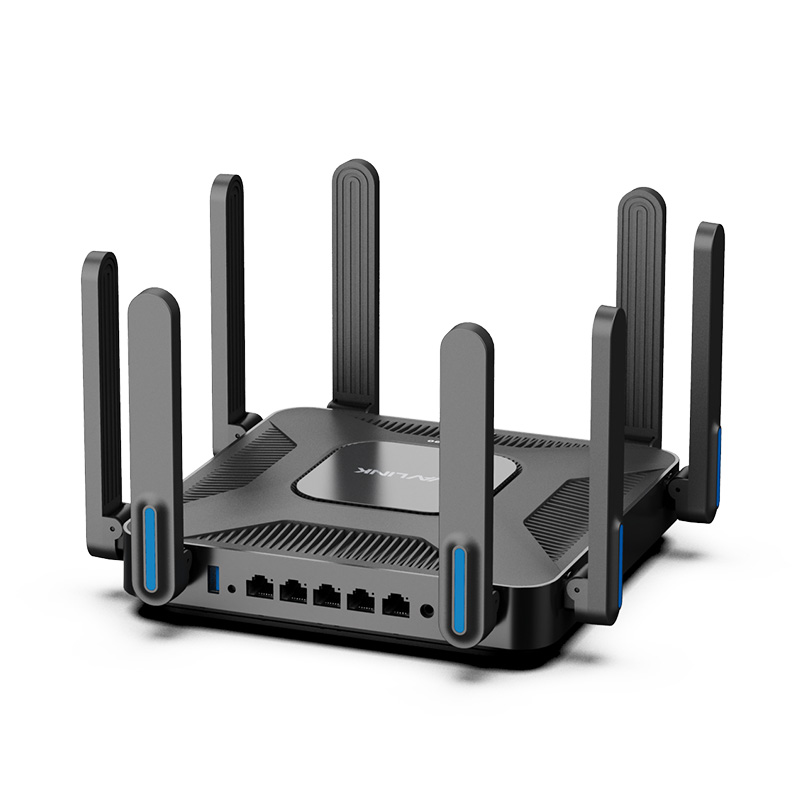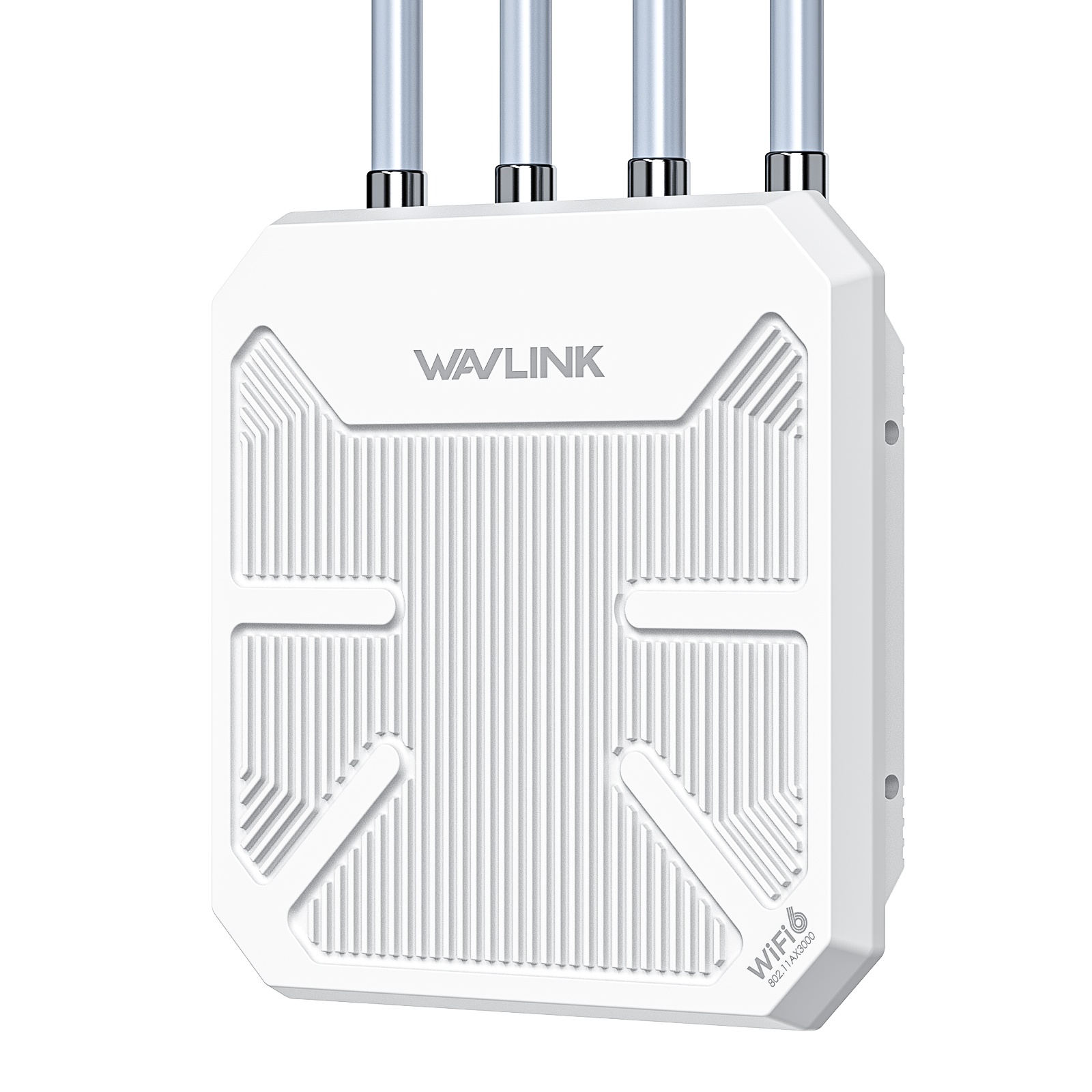The recent alerts about the VPNFilter malware told millions of people worldwide that they should factory-reset their home Wi-Fi routers. So just how do you do that?
Fortunately, there's an easy answer. Almost all home Wi-Fi routers have a reset button located on the back or bottom of the unit. It's often got a red ring around it. Use a straightened paper clip or a pen to press that for several seconds, and your router will be restored to its out-of-the-box condition, including the default usernames and passwords, but without that pesky malware.
There are some caveats. In some cases, you have to hold down that button for 30 seconds for the reset to take effect. What you're looking for is blinking lights on the device that indicates it is ready for a brand-new setup.
For really difficult cases, try the "30/30/30" method: Hold down the reset button for 30 seconds, keep it pressed while you unplug the router from the power source for 30 more seconds, and then plug it back in while keeping the button held down for an additional 30 seconds.
And, of course, there are a few models with no reset button at all. We'll get to those below.
But you need to remember a few things, no matter which brand or model of router you have.
One: Write down the access passwords and network names for all networks created by your router BEFORE your factory-reset it.
Use the same network names and passwords after you set it back up, and you won't need to change the Wi-Fi settings on your computers, smartphones, tablets, game consoles, smart TVs and so on.
Many of the routers' administrative interfaces let you back up a configuration file, which will contain the passwords and network names, to a PC or Mac before you perform the factory reset. We've got more-detailed instructions about using the administrative interfaces here.
Two: Change the default administrative username and password straight away after you reset the router.
Don't ever leave those untouched. There are lists online of default credentials for routers, and someone who managed to connect to your router over the internet could use those credentials to seize control of the router. (If you can find these options in your router's administrative interface, turn off remote management and/or remote access.)
A comprehensive list of default router passwords is at, yep, http://www.routerpasswords.com. Another long list is at https://www.bestvpn.com/guides/default-router-login-details/. If you've misplaced your router instructions and don't know the default credentials, look them up there.
Three: Update your router's firmware, either before or after the factory reset.
VPNFilter attacks routers whose firmware hasn't been updated, so this is an easy way to protect yourself. We have comprehensive firmware-update instructions for most major router brands here.
(But if your router is already infected, a firmware update won't clean it out; only a factory reset will. You can find out how to test if your router might be infected here.)
Get the Scoop First
Subscribe to our official website to receive exclusive first-hand news and stay up-to-date on our new product releases and promotions!



